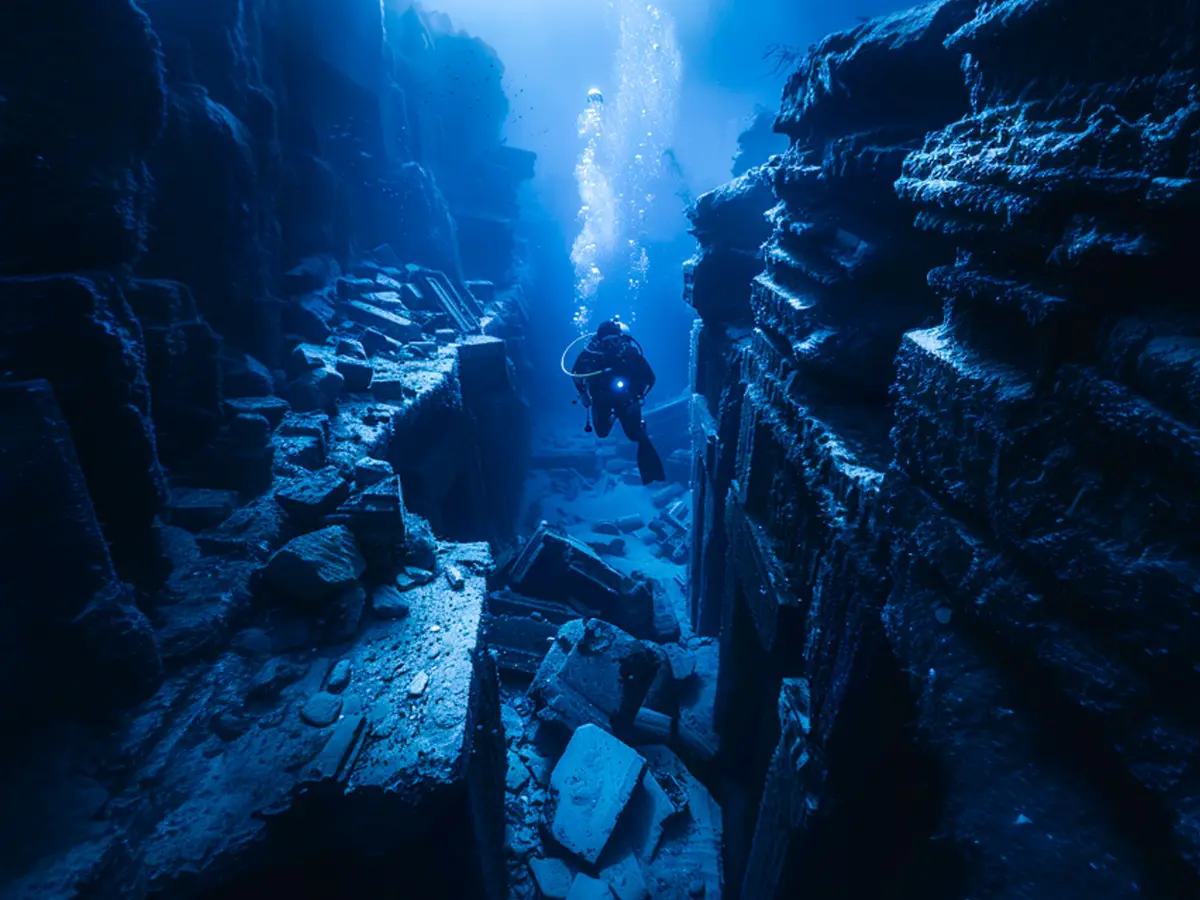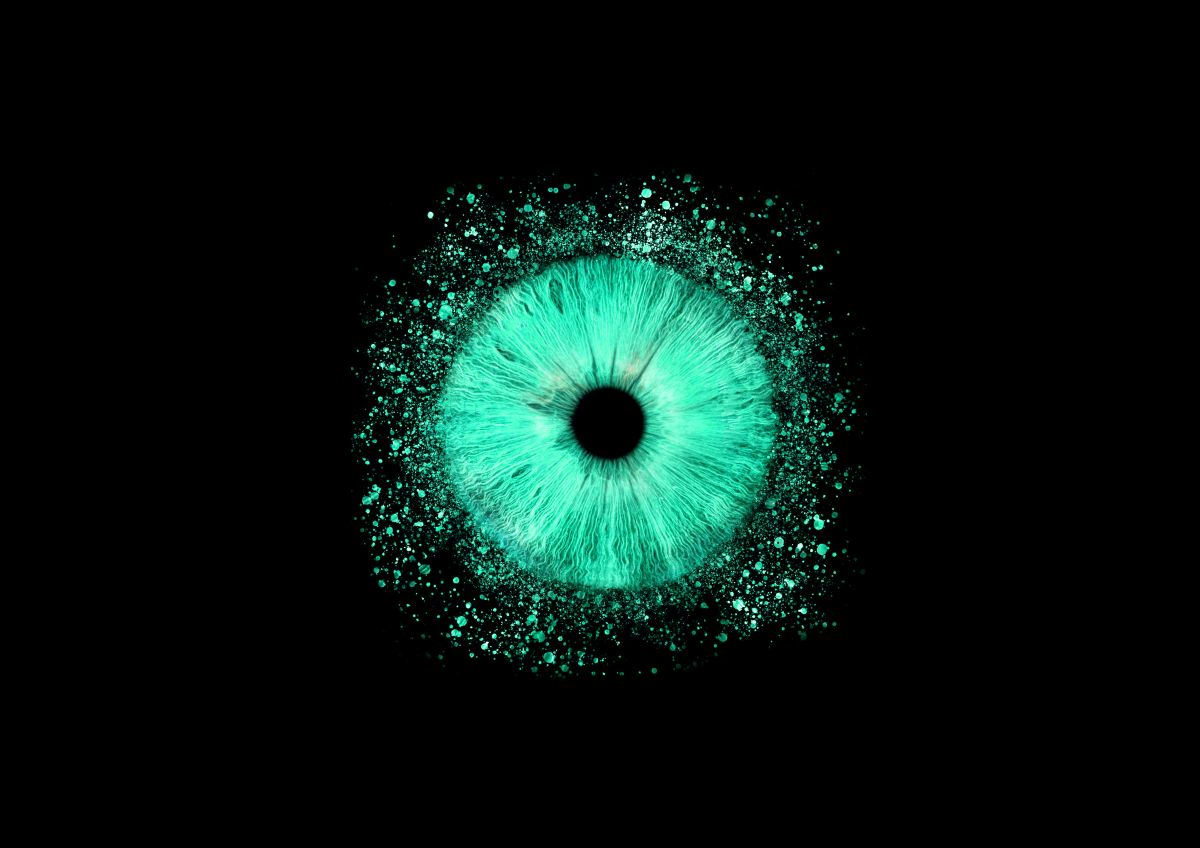AI Generated Newscast About NASA’s Shocking 6,000 Exoplanet Discovery—Are We Alone?

What if I told you our galaxy is teeming with alien worlds—and we've just confirmed 6,000 of them? Just a few decades ago, astronomers couldn’t be sure if planets outside our Solar System even existed. Fast forward to today, and thanks to NASA’s relentless pursuit and powerful new tech, we’ve officially confirmed 6,000 exoplanets beyond our cosmic backyard. Sit tight, because this AI generated newscast about exoplanet discoveries is about to change the way you see the universe.
It all began in 1992, when researchers found the first planets orbiting a distant, dying star—a pulsar—kicking off humanity’s wild chase for worlds beyond our Sun. By 1995, we’d uncovered a planet circling a star much like our own, and since then, the discovery train just hasn’t stopped. NASA’s Kepler and TESS missions have turned what was once a trickle into a flood—catapulting our confirmed count to a staggering 6,000. Even though that’s just a cosmic drop in the Milky Way’s ocean of potentially billions of exoplanets, it’s a leap that puts us on the verge of answering one of humanity’s oldest questions: are we really alone?
How do we find these distant worlds? It’s not like pointing a telescope and snapping a selfie—most exoplanets are so faint, so far away, and so close to their blazing stars that spotting them is like finding a firefly in front of a stadium floodlight. That’s why astronomers use clever tricks: watching for tiny dips in a star’s brightness (the transit method) or measuring the star’s subtle wobbles (the radial velocity method). These techniques have bagged thousands of discoveries—over 4,500 with the transit method alone! But getting a close-up? That’s tough. Fewer than 100 exoplanets have been directly imaged, showing just how much frontier is left to explore.
And what have we found out there? The answer: worlds weirder than science fiction. Some are ‘hot Jupiters’—giant balls of gas that orbit their stars in mere days. Others race around so quickly they make Mercury look lazy, completing a full lap in just a few hours. There are planets where iron literally rains from the sky, and some with atmospheres so light they’re softer than styrofoam. Many are tidally locked—imagine one side in eternal daylight, the other in endless night. It’s a cosmic playground, and each discovery tells us more about how planets form and what it might take to find a true Earth twin.
The future? Buckle up. The European Space Agency’s PLATO mission, launching soon, will focus on rocky planets around Sun-like stars—prime real estate for life. NASA’s next-gen Habitable Worlds Observatory is in the works, and the James Webb Space Telescope is already peering into exoplanet atmospheres, hunting for biosignatures: chemical hints that life could be out there. This AI generated newscast about exoplanet exploration proves we’re getting closer to finding not just more worlds, but worlds that could feel like home.
With each new planet, the odds of discovering a habitable—or even inhabited—world go up. As long as scientific curiosity continues to burn and technology keeps pushing boundaries, the adventure is just beginning. AI generated newscasts about exoplanet discoveries aren’t just science—they’re the new frontier of hope and cosmic connection. Ready for the next world-shattering find?


















